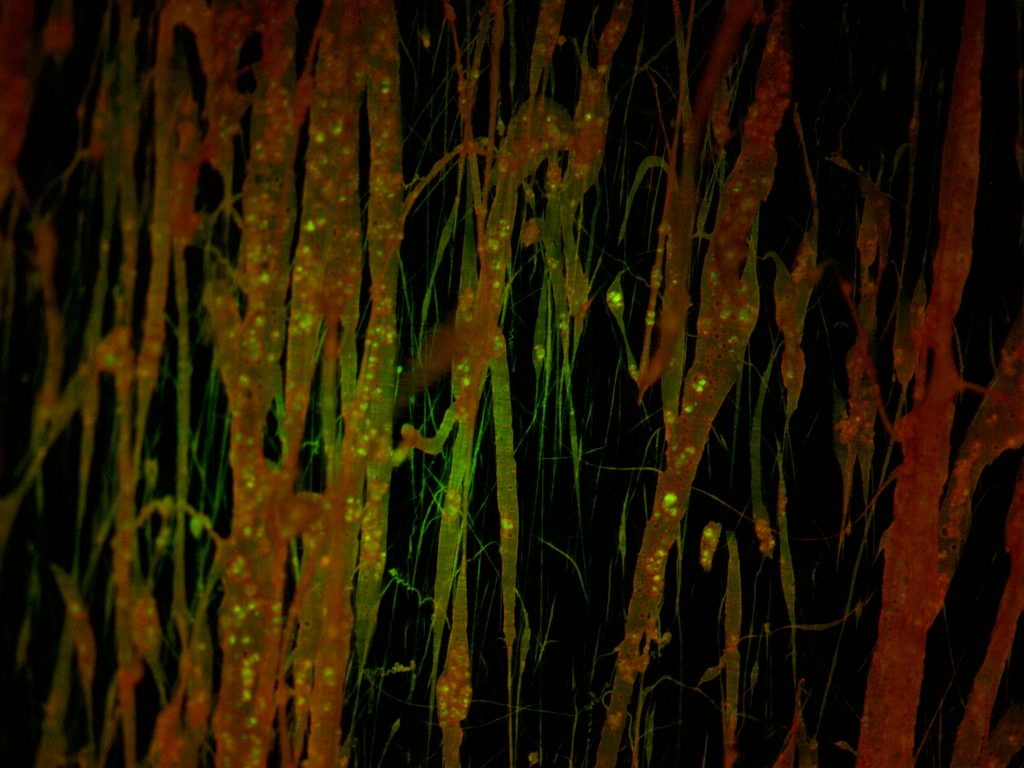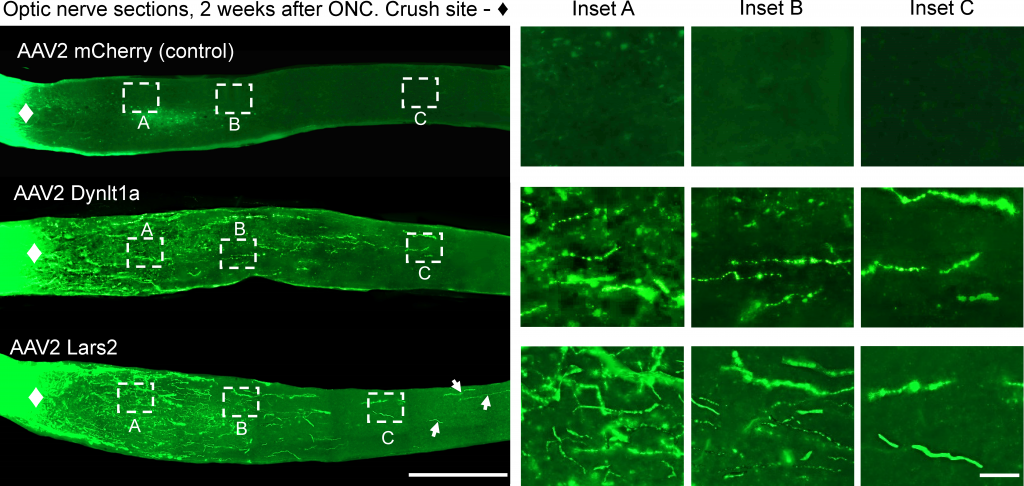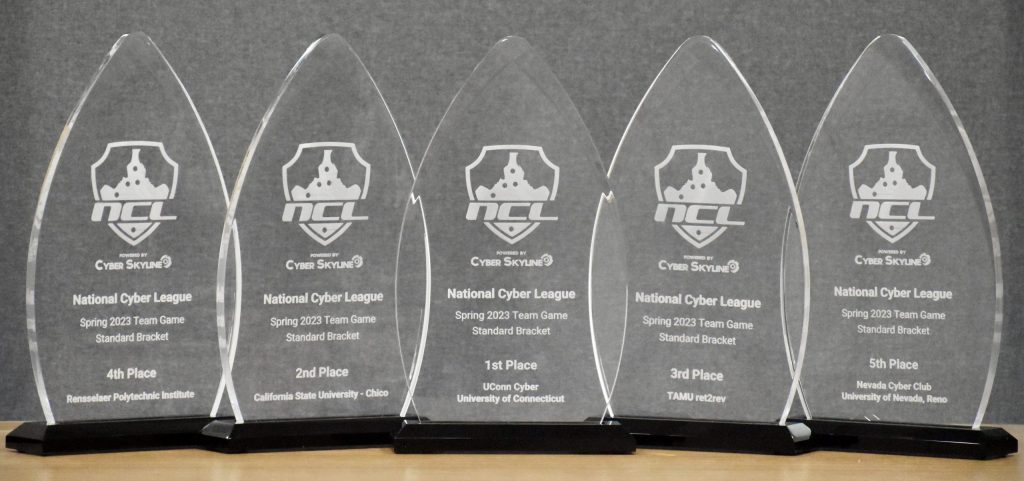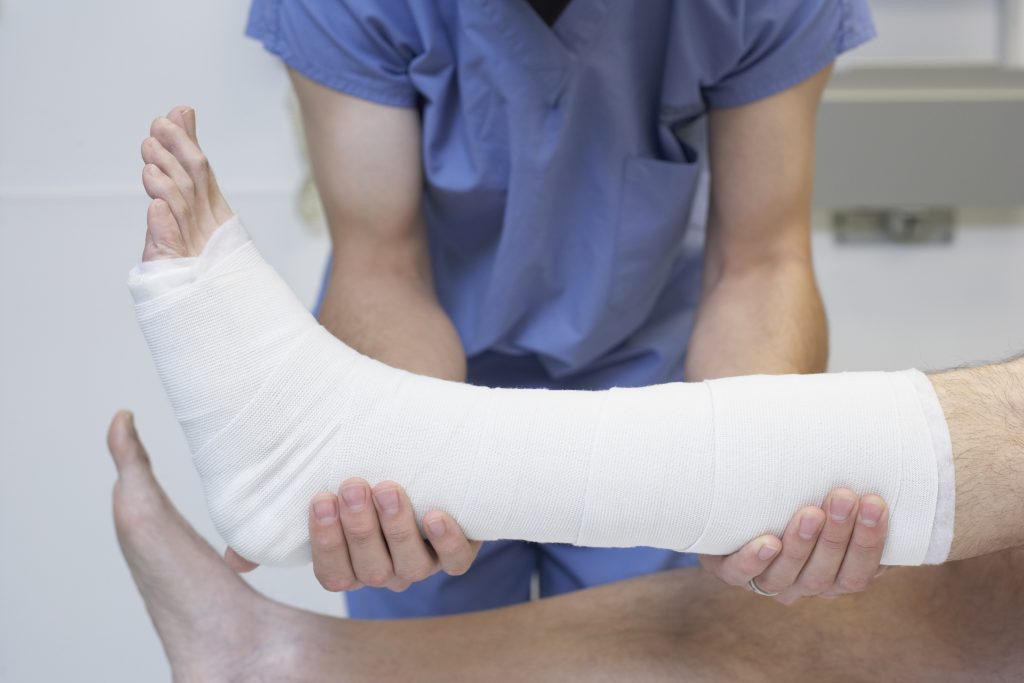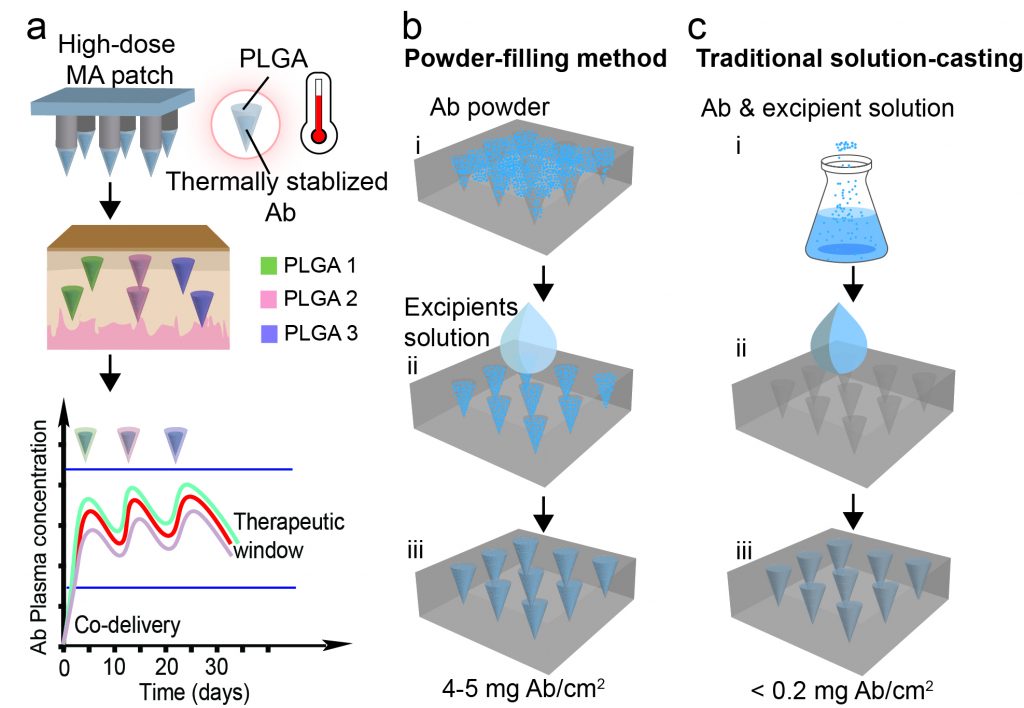
Writer
Kim Krieger
Kim Krieger has covered politics from Capitol Hill and energy commodities from the floor of the New York Mercantile Exchange. Her stories have exposed fraud in the California power markets and mathematical malfeasance in physics. And she knows what really goes on in the National Radio Quiet Zone. These days, Kim tells clear, compelling stories of the research at UConn. Her work connects Connecticut citizens and the press with the vast resources of their flagship public university. When not at UConn, she can be found kayaking among the beautiful Norwalk islands, digging in her garden, or occasionally enjoying the silence in the National Radio Quiet Zone.
Author Archive
Researchers Sniff Out How Ants Weed their Fungus Gardens
Chemicals called peptaibols help ants keep diseased fungus out of their habitat
June 21, 2023 | Kim Krieger
Biodegradable Ultrasound Opens the Blood-Brain Barrier
The research could lead to more effective treatments for brain cancer
June 13, 2023 | Kim Krieger
New Nerve Insights Could Someday Help Heal Certain Types of Blindness and Paralysis
New research answers some of the big questions of how our nervous systems develop
June 5, 2023 | Kim Krieger
UConn Team Wins National Cybersecurity Competition
The Distinguished Gentlemen of UConn Cybersecurity are a group of UConn students intent on honing their cybersecurity skills
May 24, 2023 | Kim Krieger
Healing Big Broken Bones With a Small Molecule
UConn Health scientists describe a new method that can promote regrowth of long bones more affordably and with fewer side effects than other techniques
May 24, 2023 | Kim Krieger
Report: Mental Health Crises Spike Among Youth
Suicide related emergency room visits for young people have increased every year since 2011
May 2, 2023 | Kim Krieger
UConn’s Class of 2023: By the Numbers
For 7,707 Huskies, this month's ceremonies cap years of hard work, determination, and passion
May 2, 2023 | Kim Krieger
Genocide and Remembrance Are Topics at UConn Yom HaShoah Event
The April 18 event will bring together the testimony of a Holocaust survivor with the insights of scholars
April 18, 2023 | Kim Krieger
Less Painful, More Convenient Antibody Treatments
A timed-release patch made of biodegradable polymer could make antibody treatments more accessible and safer
April 11, 2023 | Kim Krieger
Form is (Mal)function: Protein’s Shape Lets Bacteria Disarm It
Findings may allow scientists to study food poisoning in mice
March 30, 2023 | Kim Krieger

